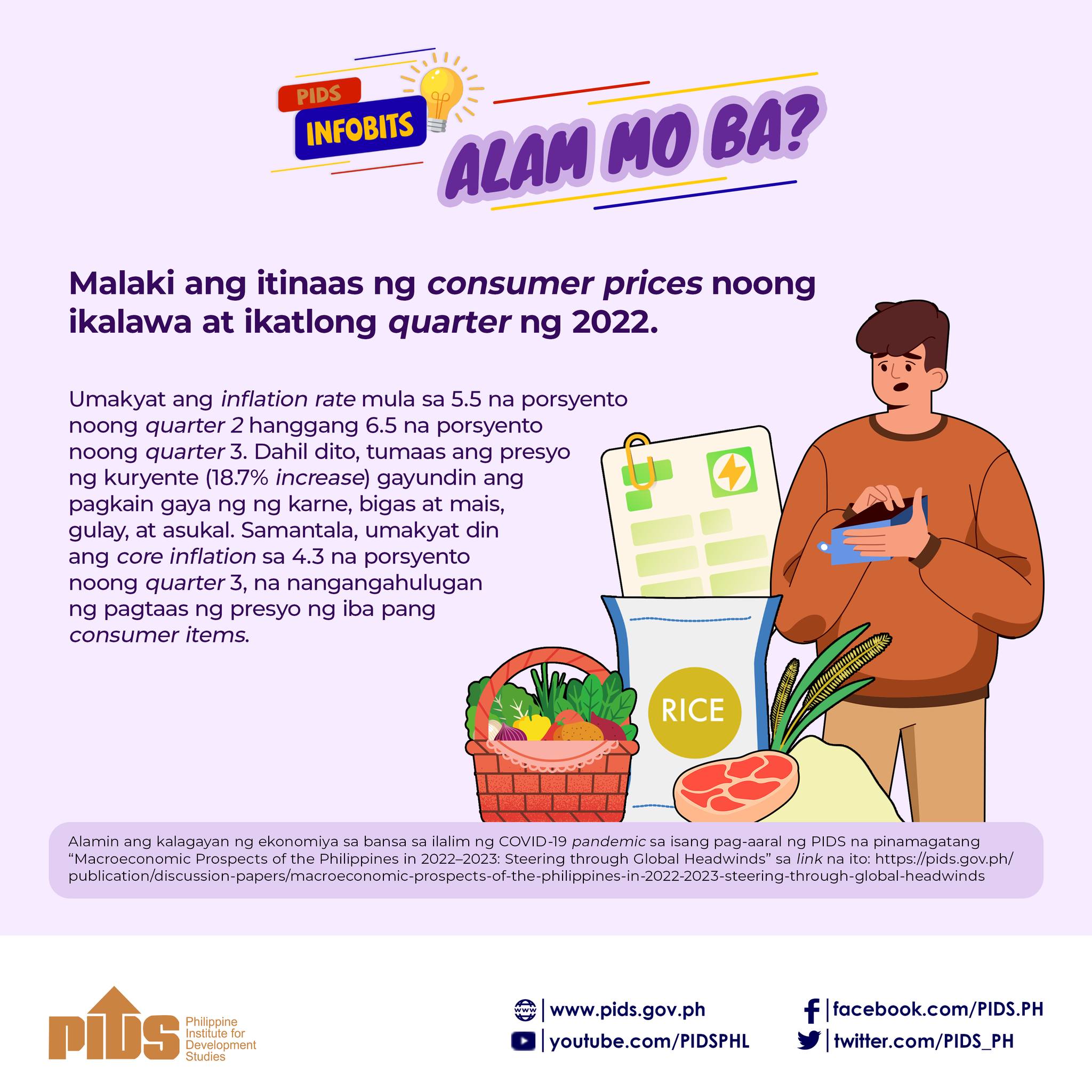The Philippines is reeling from soaring prices for onions that have forced the president to allow imports of thousands of tons of this key ingredient in the Filipino diet.
Onion farmers have borne the brunt of massive losses while piling up huge debts, leading some to take their own lives, according to Senate testimony this week.
The price recently reached up to 700 pesos (U.S. $12.79) per kg (2.2 lbs.), a symptom of the poor state of the nation’s agricultural economy, analysts said.
Merlita Gallarado, a farmer from northern Pangasinan province, testified about how her late husband struggled with staggering debts in 2021. It began with the COVID-19 pandemic, was exacerbated by the lack of agricultural infrastructure, competition from smuggled goods, and soon after, from imports.
“He went far away from the farm to kill himself because our debts were piling up and he didn’t want to borrow anymore,” Gallarado said about her husband, while testifying before lawmakers on Monday.
Trying to move on, Gallardo continued with planting onions, but typhoons last year the crop.
“I incurred losses again because I had to replant. The heavy rains came again after that, so our onions were still small,” Gallardo said.
Elvin Jerome Laceda of the Young Farmers Challenge Club of the Philippines (YFCCP), an NGO that helps onion farmers, testified that his group was told about four other farmers in the same province who took their own lives because of their debts.
Leadership issues
The rise of onion prices came just after sugar prices spiked because of supply shortages and suspected hoarding.
Egg prices also recently increased by almost 50%.
Despite this, President Ferdinand Marcos Jr. holds the post of agriculture secretary because he has not appointed a full-time leader since taking office more than six months ago.
The price of locally grown red onions rose from 90 pesos ($1.64) in July 2022 to 140 pesos ($2.56) one month later, and to 200 pesos ($3.65) in October.
Over the Christmas holiday season, the price jumped to 550 to 700 pesos ($10.05 to $12.79), according to price monitoring data from the Department of Agriculture.
In an effort to stabilize supply and prices, Marcos earlier this month approved the importation of at least 21,000 metric tons of onions that must arrive by Jan. 27. Any late-arriving shipment will be rejected and returned, according to a department memo.
“We have to go back to the onion growers and help them,” Marcos told Philippine reporters earlier this week. “Given the production and demand we have in the Philippines, it's impossible to avoid imports.”
In its Jan. 6 statement, the agriculture department said the action will have a positive effect.
“Importation of fresh onion is to stabilize the price in the market,” it said.
Still, some senators have called on Marcos to appoint an agriculture secretary to focus on the crisis.
“It’s about time that we should have a [Department of Agriculture] secretary who will take responsibility over the lack of action in this ongoing agricultural crisis. Before it was sugar. Now, it’s onions. We might end up holding a hearing for every ingredient in the kitchen,” Sen. Grace Poe said during the Jan. 16 hearing.
Senate minority leader Aquilino Pimentel III has been calling for the appointment of a regular agriculture secretary for months.
“Nothing to lose – it’s an additional expert person to help the president focus on agricultural issues and problems,” Pimentel told reporters.
J.C. Punongbayan, an economist at the University of the Philippines Diliman, said the next secretary should be competent in addressing an agricultural crisis.
“On the one hand, accelerating food prices is a reflection of external factors like the rise of fertilizer and wheat prices owing to the ongoing Russian invasion of Ukraine. At the same time, however, it’s a reflection of the Marcos administration’s failed leadership of the agriculture department,” Punongbayan told BenarNews.
“Marcos will do well to step down as agriculture secretary and appoint someone who has the expertise and experience to competently lead the agency,” he said.
Long-term changes needed
Roehlano Briones of the Philippines Institute for Development Studies said limited access to financing, poor rural infrastructure and climate extremes had all contributed to low agricultural productivity in the country.
In the long-term, he called for farmers to have better access to irrigation, for food agencies to improve coordination and for the government to provide more funding for research and development.
As early as August 2022, agriculture officials warned of a looming onion shortage.
Romel Calingasan, the municipal agriculturist for San Jose in Occidental Mindoro province, said the government should have imported onions last year.
“You should have issued the importation permits in September 2022,” Calingasan told agriculture officials at the Senate hearing. “So that there would be a competition between local and imported onions. Instead, there were people who took advantage of the situation and multiplied onion prices by almost a thousand times.
“Now that Filipino farmers are about to harvest, you decide to allow importation,” Calingasan said.
Punongbayan, the economist, said imports at this time would negatively affect local onion farmers’ incomes. The farmers complained that they cannot compete with imported onions sold at 60 pesos ($1.09) per kg. while they sell them for 100 pesos ($1.82).
“Importation is a short-run solution to abate the present shortages and runaway prices. But its timing needs to be optimal, so that the resulting drop in prices doesn’t ruin the income source of our poor local farmers,” he told BenarNews.
The agriculture department, having existed for more than a century, should have predicted this cycle, Pimentel said.
“Had the DA been studying the seasons – harvest season, cropping season – they should have known that would happen,” Pimentel told reporters.
Senate agriculture committee chairwoman Cynthia Villar told reporters that a cartel might be behind the current price spike.
“I don’t see any other reason for the price of onions to be that high,” she said earlier this month before the hearing, according to GMA News Online, a local media outlet.
Meanwhile, the United States’ Department of Agriculture (USDA) warned that the Philippines would not be able to meet its importation quota.
In a Jan. 12 report titled “Temporary Onion Import Plan Expected to Fail,” USDA cited the extreme conditions imposed by the Philippines, including that all imports must arrive by Jan. 27 along with limiting ports of entry and cold storage facilities.
“Given the time restriction, proximity, and shipping lanes, [the department’s memorandum] gives strong favor to Chinese exporters over those in Europe and India,” the USDA said in its report. “For the trade that does flow, the government’s conditions greatly favor Chinese supplies despite China not being importers’ favored supplier.”












